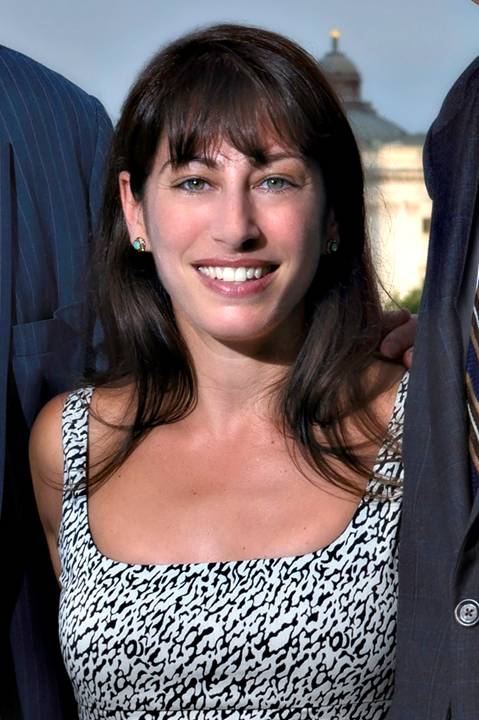
Lights! Camera! Science! Why Hollywood Should Focus on Real Space Stories (Op-Ed)

Carie Lemack is co-founder and CEO of DreamUp, the first company to bring space into classrooms and classrooms into space. A former national security policy expert/advocate and producer of an Academy Award-nominated film, Lemack is a proud alumna of Space Camp and supporter of all space cadets reaching for the stars. Lemack contributed this article to Space.com's Expert Voices: Op-Ed & Insights.
Memo to Hollywood: Science is not boring.
Producers and directors may think that science is only exciting when it is science fiction, but the truth is almost always stranger (and more interesting) than fiction.
Indeed, Hollywood has the men and the movie to prove this claim, as well as the box-office receipts to confirm this assertion. [Strange Cinema: Space.com's Favorite Off-Beat Space Movies]
Look no further than the 1995 docudrama "Apollo 13,"directed by Ron Howard and starring Tom Hanks, Kevin Bacon and the late Bill Paxton. A film as dramatic as it is dependent on science, and which is based on a real-life story in which science is the critical factor between life and death, "Apollo 13" is a tale about — what?
It is a film about three astronauts struggling to survive a disaster in space — a picture of three Hollywood stars in a universe filled with countless heavenly stars — living in a cramped capsule that looks authentic. It is a film about three people working together while confined in a small space, lest their crippled vessel drift away into in deep space, never to return to Earth.
The film stays true to its catchphrase, "Failure is not an option," because failure meant that three astronauts would perish. Not only were their lives at stake, but so was the entire Apollo Program. Following the Apollo 1 fire that killed three crewmembers, NASA couldn't afford another tragedy.
Get the Space.com Newsletter
Breaking space news, the latest updates on rocket launches, skywatching events and more!
The film shows us how engineers in Houston can work with astronauts thousands of miles away in the cosmos to solve a problem. And solve it they do, thanks to a combination of ingenuity, improvisation and the grace of so many under so much pressure. [Giant Leaps: Biggest Milestones of Human Spaceflight]
"Apollo 13" succeeded without the use of elaborate special effects we see in science-fiction films today. It has no need for phasers, lightsabers or extravagant extraterrestrials. It does not distract our attention with gimmicks or gadgets. The (factual) story plot is more powerful than any collection of movie props. It shows us how science really works, and that is more powerful and inspiring than any work of science fiction.
The film uses a visual medium to give viewers a vivid understanding of the relevance of science, for the science of space travel and of space-based research is (or should be) a screenwriter's dream material: actual events, from the triumphant to the tragic, that hinge on science.
Scientists are responsible for the safe return of the Apollo 13 mission, the success of the Apollo 11 moon landing and so many other incredible space missions. They belong to the same fraternity of freethinkers as the brave astronauts who "slipped the surly bonds of Earth" to "touch the face of God" — as President Reagan remarked after the loss of the space shuttle Challenger in 1986 — and the experts who would determine the cause of the disaster.
There is a surplus of captivating, true stories like these that Hollywood can and should adapt into films, rather than making more movies with a paucity of scientific facts and no real-life implications.
True stories of triumphs and tribulations in human spaceflight have more than their share of tension and turmoil — and like some of the most popular works of science fiction, they take place in the weird and wonderful environment of outer space.
And while it shouldn't be the primary driver (but often is), science is also a sound basis for films that generate a lot of money. "Apollo 13" brought in $355 million at box offices worldwide following its release in 1995. In 2016, the movie "Hidden Figures" generated more than $230 million in revenue.
The stories are real, and the characters, true to life, are more compelling and inspiring than fantasy could create, which should motivate Hollywood to champion these stories.
That should be more than enough for Hollywood to boldly go where science already is.
Follow us @Spacedotcom, Facebook and Google+. Original article on Space.com.
Join our Space Forums to keep talking space on the latest missions, night sky and more! And if you have a news tip, correction or comment, let us know at: community@space.com.









